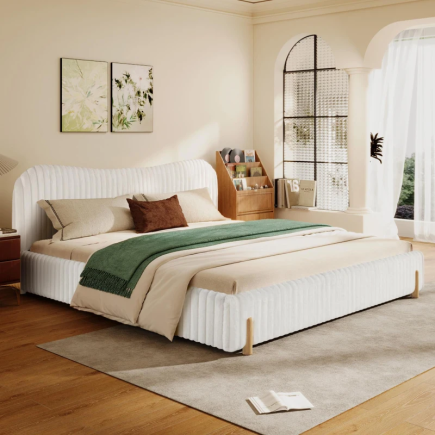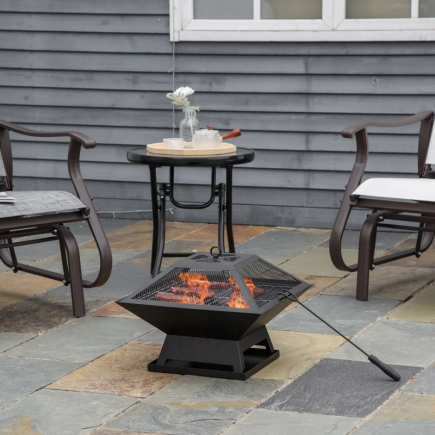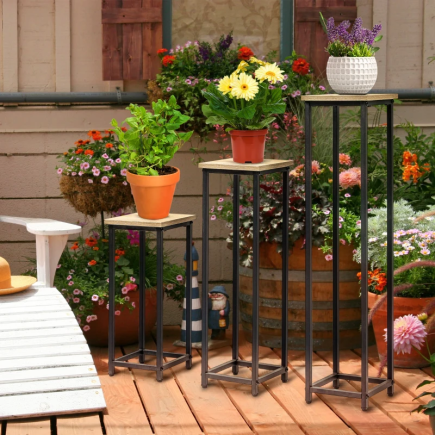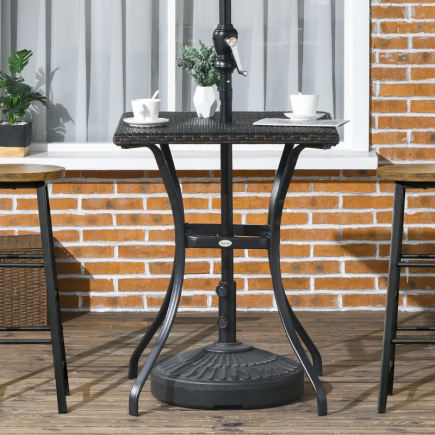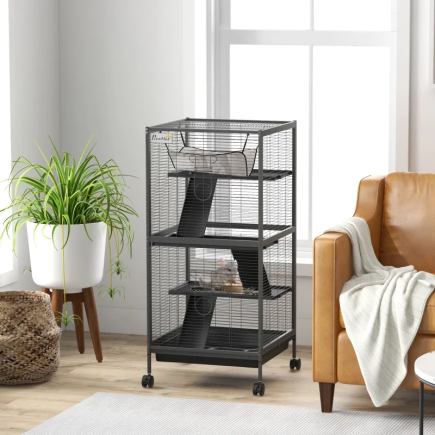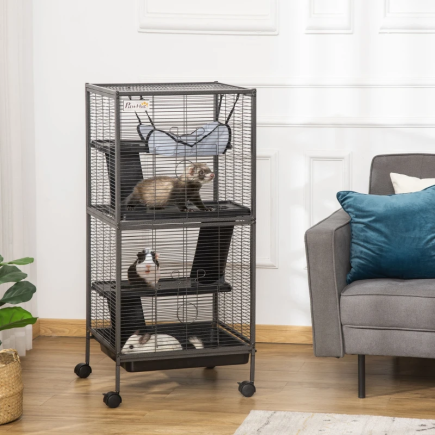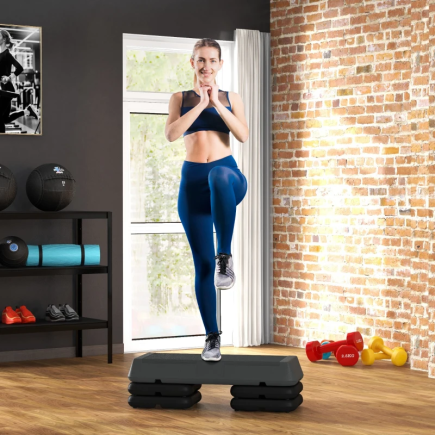A clothes dryer is one of the most convenient appliances in any home, saving you time and effort. However, using it improperly can lead to wasted energy, damaged clothes, and even safety hazards. Understanding how to properly operate your dryer can significantly extend the lifespan of both your machine and your clothes, while also lowering your utility bills.

In this guide, we’ll cover everything you need to know to use your dryer effectively: from preparing your laundry and selecting the right settings to troubleshooting common issues and ensuring energy efficiency.
Step 1: Preparing Laundry for the Dryer
Before you load your clothes into the dryer, it’s essential to prepare them correctly to ensure they dry evenly and effectively. Here’s how you can prepare your laundry for the best results.
1.1 Sorting Clothes by Fabric Type and Weight
Sorting your laundry isn’t just about separating whites from colours; it’s about making sure that similar fabrics are dried together. Different materials require different drying settings, and mixing them can lead to uneven drying or damage to delicate fabrics.

1.2 Checking Care Labels
Always check the care labels on your clothes before drying. Some fabrics may shrink, melt, or lose their shape when exposed to heat. Many garments will have drying instructions that indicate whether the item is safe for tumble drying, or if it should be air-dried or dry-cleaned.
1.3 Removing Excess Moisture by Wringing Out Clothes
If your clothes are particularly wet, wringing out excess moisture can significantly reduce drying time. For heavy fabrics like towels, use the washing machine’s spin cycle to remove as much water as possible before transferring them to the dryer. The less moisture in your clothes, the faster and more energy-efficient the drying process will be.
Step 2: Proper Loading Techniques
The way you load the dryer has a direct impact on how well your clothes will dry. A properly loaded dryer will ensure that the hot air circulates freely around your clothes, drying them evenly.
2.1 Don’t Overload the Dryer
Overloading the dryer is one of the most common mistakes. When you stuff too many clothes into the drum, the dryer can’t tumble them properly, leading to uneven drying, longer drying times, and increased wear and tear on the machine. If your dryer drum is full but the clothes don’t have room to move around freely, consider splitting the load into two smaller cycles.
2.2 Shaking Out Clothes to Prevent Tangling
Before you load clothes into the dryer, give them a good shake to help untangle any garments that may have twisted or bunched up during the wash cycle. This is especially important for long fabrics like sheets or towels, which can become knotted and cause uneven drying.

2.3 Mixing Heavy and Light Fabrics
For optimal drying efficiency, mix heavy items like towels with lighter ones like shirts or sheets. The lighter fabrics will help the heavier items tumble more freely, allowing for better airflow and faster drying times. This also ensures that the heat is distributed evenly across the load.
Step 3: Choosing the Right Dryer Settings
Choosing the correct dryer settings is essential for achieving the best drying results. Understanding the different options available can help you prevent fabric damage, save energy, and reduce drying times.
3.1 Temperature Settings
Most dryers have multiple temperature settings, including high, medium, low, and air fluff (no heat). Here’s how to choose the right temperature based on the fabric type:
| Fabric Type | Recommended Temperature |
| Cotton | High (Regular) |
| Synthetics | Medium |
| Delicates (Silk, Wool) | Low (Delicate) |
| Heavy Items (Towels, Sheets) | High (Regular) |
| Delicate Items (Lingerie, Bras) | Low (Delicate) |
| Items Needing Refreshing (No Heat) | Air Fluff (No Heat) |
- High Heat: Suitable for cotton, towels, sheets, and other durable fabrics that can withstand higher temperatures.
- Medium Heat: Best for synthetics and blends that need a gentler approach.
- Low Heat: Ideal for delicate fabrics such as silk, lace, and wool.
- Air Fluff: A no-heat setting that tumbles clothes to remove wrinkles and refresh fabrics.
3.2 Time Settings
Some dryers have a time-based drying system, while others use automatic sensors to detect moisture levels. If you’re using a time-based setting, here’s a general guide for drying times:
| Load Size | Drying Time |
| Small Load | 20-30 minutes |
| Medium Load | 30-40 minutes |
| Large Load | 45-60 minutes |

3.3 Using Automatic Sensors
Many modern dryers come equipped with moisture sensors, which automatically adjust the drying time to prevent over-drying. These sensors measure the moisture in the clothes and stop the dryer once the load is dry. This feature helps save energy and prevent damage to your clothes.
Step 4: Advanced Dryer Features for Efficient Drying
Modern dryers come with a variety of advanced features designed to improve the drying process and protect your clothes.
4.1 Steam Cycle
A steam cycle can be used to refresh clothes that may not be dirty but need to be de-wrinkled or freshened up. The steam cycle introduces moisture into the dryer, which helps reduce wrinkles and refresh fabrics without needing to wash them again. This is ideal for clothes that have been sitting in the closet for a while or that just need a quick freshening up.
4.2 Wrinkle-Free Option
The wrinkle-free cycle is another useful feature, especially if you’re in a rush. It keeps clothes tumbling after the drying cycle ends, which helps to reduce wrinkles and prevent clothes from sitting in a pile in the dryer, which can cause them to wrinkle further.
4.3 Delicate and Gentle Cycles
For fabrics like wool, silk, and lace, the delicate cycle provides a gentler drying process with lower heat. This cycle helps protect the fabric’s texture and integrity, reducing the risk of shrinkage, stretching, or other forms of damage.
Troubleshooting Common Dryer Issues
Even the best dryers can run into issues from time to time. Knowing how to troubleshoot common problems can save you time and money.
5.1 Clothes Not Drying Completely
If your clothes are still damp after a cycle, here are a few things to check:
- Overloaded Dryer: Check if the dryer is overloaded, as this can prevent air circulation and prolong drying times.
- Incorrect Settings: Ensure you’ve selected the appropriate heat and time settings for the load size and fabric type.
- Lint Trap: A clogged lint trap can reduce airflow, causing longer drying times. Clean the lint trap after every load.
5.2 Excessive Lint Buildup
Excess lint can reduce the dryer’s efficiency and pose a fire risk. Be sure to clean the lint filter after each cycle. Here’s a simple process:
- Remove the lint filter.
- Wipe it clean with your hands or a soft brush.
- If necessary, rinse it with warm water and let it dry before replacing it.

5.3 Dryer Not Starting
If your dryer isn’t starting, check the following:
- Power Supply: Ensure the dryer is plugged in and the circuit breaker hasn’t tripped.
- Door Switch: If the dryer door isn’t fully closed, the dryer won’t start. Make sure the door latch is secure.
- Error Codes: If your dryer displays an error code, consult the user manual to troubleshoot the specific issue.
Using your dryer properly doesn’t have to be complicated. By following these simple steps, from sorting clothes to selecting the right settings and maintaining your dryer. You can ensure that your clothes come out fresh, dry, and in great condition every time.
Remember, proper use of Dryer Machines not only saves time and energy but also helps extend the lifespan of your clothes and the appliance itself. By incorporating these tips into your laundry routine, you’ll enjoy cleaner, fresher laundry while keeping your energy costs in check.
FAQs
1. Can I put shoes in the dryer?
Yes, but only certain types like canvas or athletic shoes. Use a dryer rack or tie the laces to keep them from banging around. Always check the label first.
2. Can dryer sheets damage clothes or the machine?
Dryer sheets are safe for most clothes, but using too many can leave residue on fabrics and clog the lint filter over time. Use them sparingly and clean the filter often.
3. Can I pause the dryer mid-cycle?
Yes, most dryers allow you to pause and open the door mid-cycle. Just be cautious when handling hot clothes or drum surfaces.
4. What does the “Cool Down” cycle mean on a dryer?
It’s a phase at the end of the drying process that uses unheated air to cool your clothes. It helps prevent wrinkles and makes handling clothes safer.






